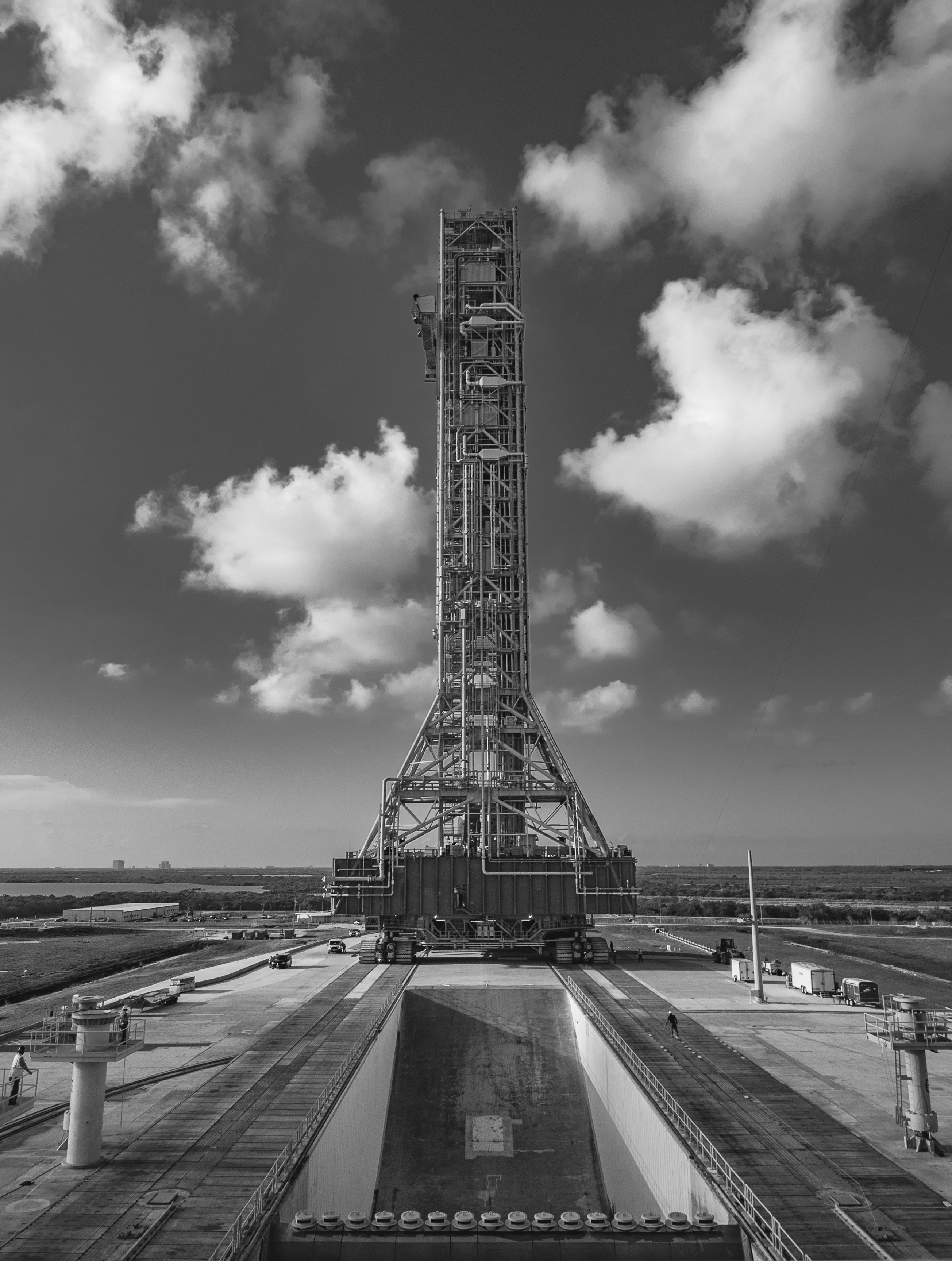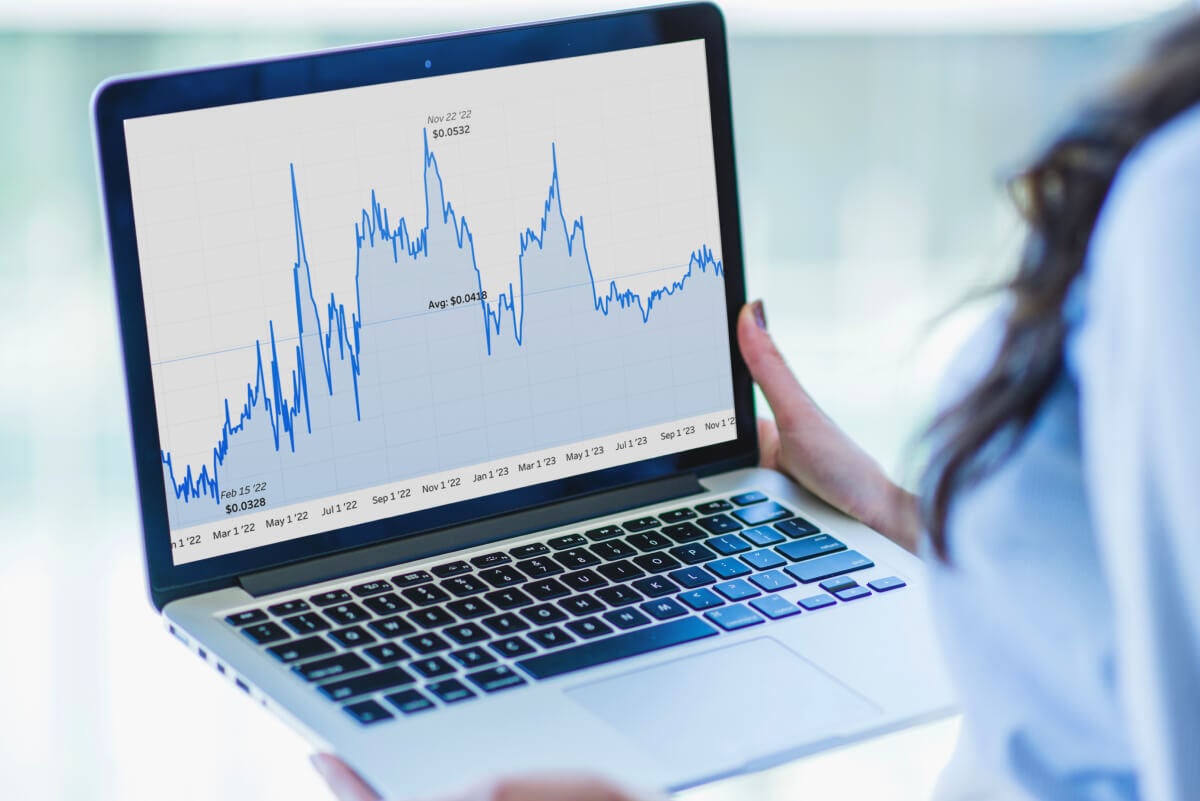What You Need to Know About Energy Prices This Winter
As winter approaches, heating demand will rise, impacting the energy market. We've already seen energy prices climb, with NYMEX natural gas up almost 22% since late August due to early cold weather. So, what should you watch for as you assess risks and opportunities this winter?
Winter Weather Forecast: A warm winter is expected, which could result in below-average gas withdrawals and higher end-of-winter inventories. While long, intense cold spells may be less frequent, sudden cold snaps caused by a weather pattern called "blocking" could still occur. These events are hard to predict more than two weeks ahead but can significantly impact energy prices.
Natural Gas Production Trends: Natural gas production could rise with increasing heating demand if prices go up, helping stabilize the market. Earlier this year, production hit a record 106 Bcf/d in February but dropped 8% by May after prices fell below $2/MMBtu in March and April. Since then, production has stayed within a narrow range, tracking gas price changes.
Global Energy Prices and Geopolitical Factors Conflicts in the Middle East could push global natural gas prices higher, raising domestic risks. Higher oil prices might encourage more U.S. drilling, boosting natural gas supply and potentially lowering prices. Additionally, some power generators may switch to fuel oil on peak winter days, which could drive electricity prices up in affected areas.
As winter nears, keeping an eye on these factors can help you find opportunities while managing risks. Energy markets are always changing, but tracking weather, production, and global events will give you valuable insights for making informed decisions.



